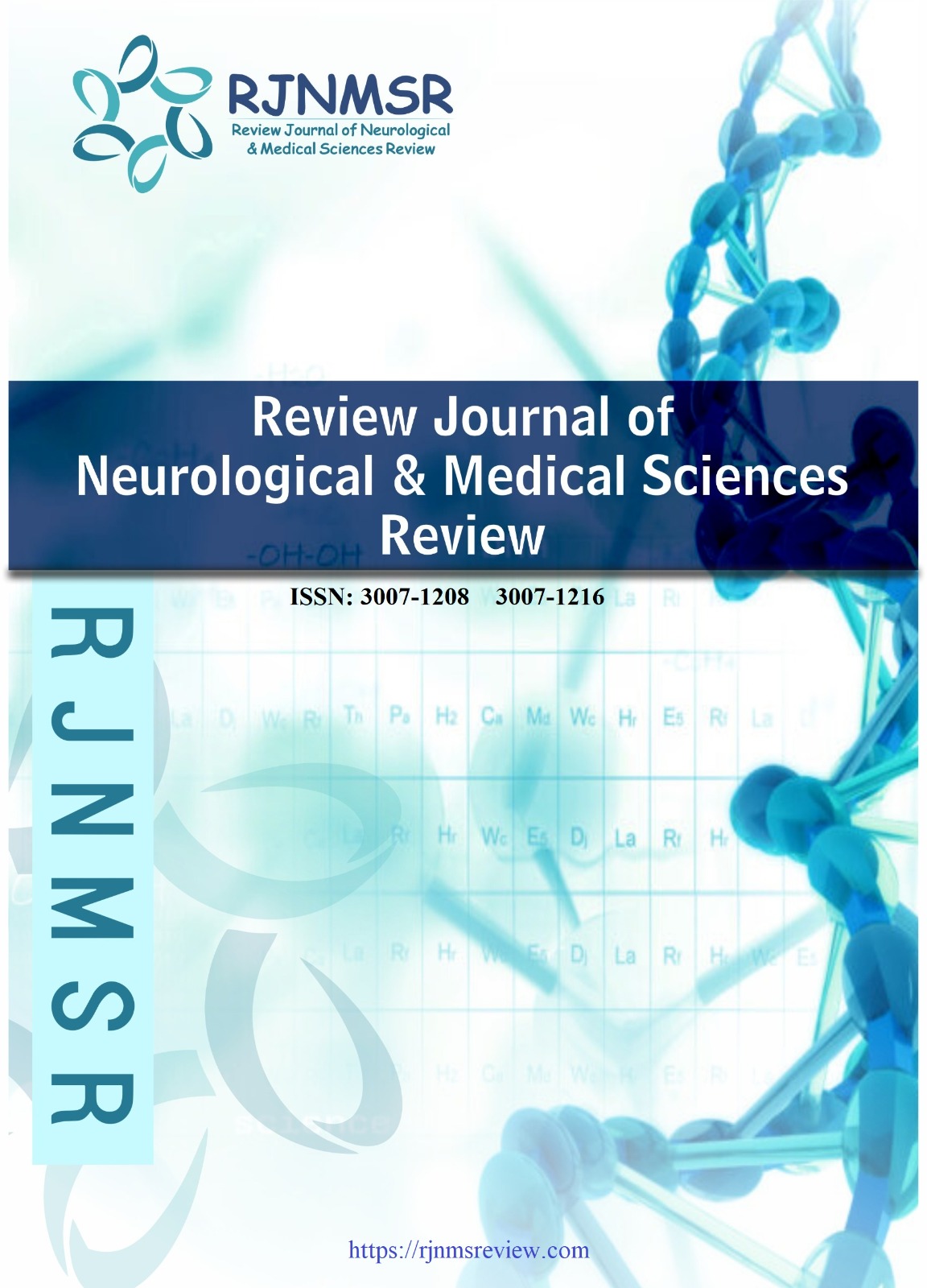BIOCHEMICAL AND PHARMACOLOGICAL EVALUATION OF QUERCETIN POWDER AND ITS NANOPARTICLES
DOI:
https://doi.org/10.63075/rd8mep58Abstract
Liver diseases including cirrhosis, hepatitis, and hepatocellular carcinoma have alarming worldwide incidences of morbidity and mortality. Another compound from the natural origin that has been examined in the context of the liver protection are flavonoids like quercetin, characterized by potent anti-inflammatory and anti-oxidative action. In the present investigation, quercetin has been encapsulated in quercetin nanoparticles (QNPs) to assess hepatoprotective activity in chemically induced liver damaged rats and compare it with quercetin powder (QP) to achieve the desired therapeutic efficacy of quercetin. Quercetin nanoparticles were prepared using solvent evaporation technique while the structural confirmation of the nanoparticles was achieved using FTIR spectroscopy. Four groups of male Wistar rats were created: first group was for control group, second group was treated with QP, third group was treated with QNP and the last group was treated with liver toxic carbon tetrachloride (CCl₄). For the assessment of liver tissue injury and reparative processes specific histopathological examination was made together with evaluation of chemical biomarkers such as ALT, AST, and ALP. The antioxidant effect of both quercetin formulations was further evaluated and the haemostatic profile of the QNPs was compared to that of QP. The results indicated that, in contrast with quercetin powder, quercetin nanoparticles enhanced the hepatic protection notably. Hence, it is clear that QNPs showed a better decrease in ALT and AST levels, higher antioxidant properties and greater normalization of liver enzymes. Histopathological changes indicated that QNPs enhanced the regeneration of tissue along with the reduction of necrosis and inflammatory response as well as provided better amelioration of CCl₄-induced hepatic toxicity. Besides, QNPs showed higher haemostatic property compared to QP indicating shortened clotting time. In conclusion, quercetin nanoparticles can serve as an effective solution to improve the hepatoprotective and bioavailability profile of quercetin that possess potential application in liver diseases treatment. The outcomes suggest about the actualization of pharmacokinetic limitations of natural chemicals like quercetin and propose the positive utilization of nanoparticle-based drug delivery systems.
Keywords: Hepatoprotection, Antioxidant Activity, Quercetin Nanoparticles, Liver Diseases, And Nanotechnology

